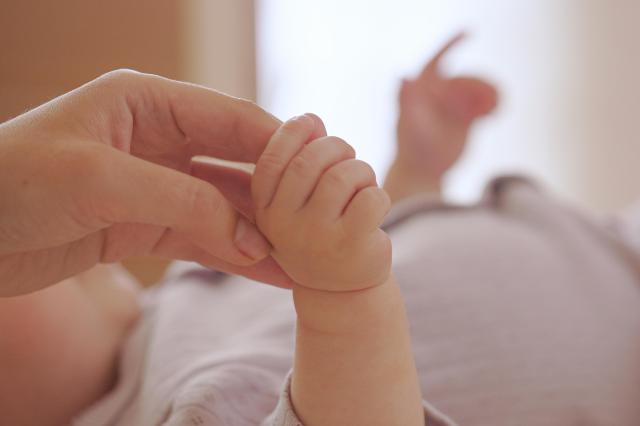
According to the report, the population aged 15 to 64, totaling 36.57 million in 2023, is projected to decline to 27.17 million by 2044. The total population will fall to 39.69 million in 2065 from 51.71 million in 2023.
KPPIF forecasts that Korea's low birth rate has far-reaching implications across various sectors of Korean society. For example, the number of students entering elementary school is expected to decrease to 220,000 in 2033 from 430,000 in 2023. Military manpower will also plunge to 190,000 in 2038 from 260,000 in 2023. Korea had a record-low fertility rate of 0.72 in 2023, as previously revealed by Statistics Korea.
Meanwhile, the elderly population aged 60 and over will continue to increase, reaching 18.91 million, representing 40 percent of the total population, by 2050. It is estimated that the number of single-person households aged 65 and older is projected to account for 20 percent of the total households by 2049.
"The looming demographic disaster caused by population decline is a matter of existential concern to Korea," said Lee In-sil, president of KPPIF. "If we fail to address this issue promptly, it would incur significant costs for Korean society to remedy."
Copyright ⓒ Aju Press All rights reserved.



